Among the contents that the Ministry of Education and Training set out for the Departments of Education and Training when guiding the implementation of general education tasks for the 2025-2026 school year is to build a mechanism to mobilize highly qualified human resources, including: Artisans, artists, professional athletes, foreign volunteers to participate in organizing educational activities in schools, especially in the fields of culture, arts, sports, and life skills.
In the context of a shortage of thousands of art and talent teachers, especially at high school level, this is considered a "breath of fresh air" in art education.
Sharing on the program "Today's Issues" of Vietnam Television broadcast on the evening of August 7, People's Artist Tran Ly Ly, Chairman of the Board of Directors of the Vietnam Dance Academy, said that this is a "wonderful" and correct policy when it can liberate the system, the energy source of the supply and demand sides to meet each other. "This is a correct policy, comprehensive human development, which I think will be long-term. This is a way to educate personality as well as form patriotism in children," Ms. Ly said.
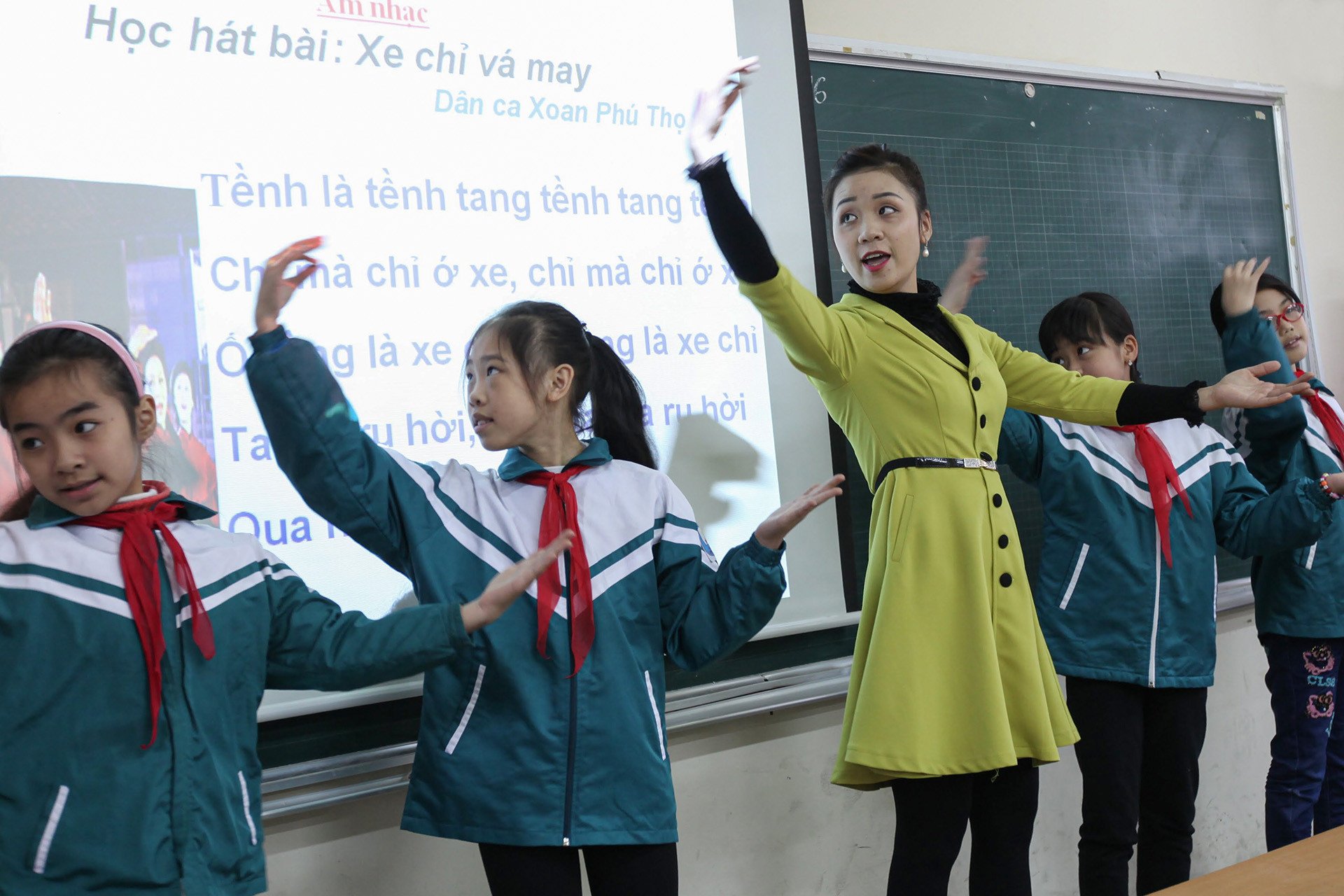
According to Ms. Ly, artisans, artists, and athletes may not have formal pedagogical skills, but they have a system of training from a young age. “They have experienced, practiced their profession, and have practical experience, with many years of experience, they pass it on to students, which is a wonderful thing. But maybe we have to add more pedagogical skills, coordinate with teachers to ensure the curriculum. And perhaps from another perspective, we need to build a framework program to ensure continuity from primary to high school level," Ms. Ly shared.
Ms. Ly believes that participating in organizing educational activities in schools not only benefits artists, artisans, and athletes themselves but also benefits the community. “Because what they have experienced and achieved, they pass on to the youth. One side has, the other side needs, combining them will be the best connection,” Ms. Ly said.
The 2018 General Education Program pays special attention to art education, considering it an important part in the formation and comprehensive development of students. Accordingly, art education is not only limited to subjects such as Music and Fine Arts but is also integrated into the curriculum of other subjects and experiential activities.
According to the 2018 General Education Program, Music and Fine Arts are compulsory subjects for students from grades 1 to 9; schools must ensure that they teach enough lessons according to the program. At the high school level, Music and Fine Arts are elective subjects; students will have to choose at least one of these subjects if the school has a subject combination to teach. However, in reality, many schools face difficulties in implementing due to lack of teachers and facilities, making the art combination less open or not feasible in many places.
Ms. Ly said that currently, there are many local art troupes as well as clubs and cultural and art centers nationwide. There needs to be coordination between the Departments of Education and Training and the Departments of Culture and Sports to create connections.
“Art is very broad, not only including music and fine arts, but can be extended to many other forms such as dance, cinema, drama, storytelling and creativity,... We have to rely on the locality. Each locality will promote a local spirit, depending on the characteristics and actual conditions of each region. For example, the North has the art of Cheo, Ca Tru,... In the Central region, there is Tuong, Ca Hue; or in the South there is Cai Luong,...
Through art troupes, it is possible to connect with artists to build the most appropriate programs to convey. “The program must be fixed, it is the experience of the students, not to show off the competition. This foundation must be solid. From primary school, students have understood and felt those arts, then in secondary school they discover their interests and at the final level they can choose to specialize or not, it also forms the comprehensive personality of the students. Therefore, it is necessary to combine with localities and troupes, art centers to create lists of suitable artists and artisans and build a framework program to create a suitable form of teaching,” said Ms. Ly.
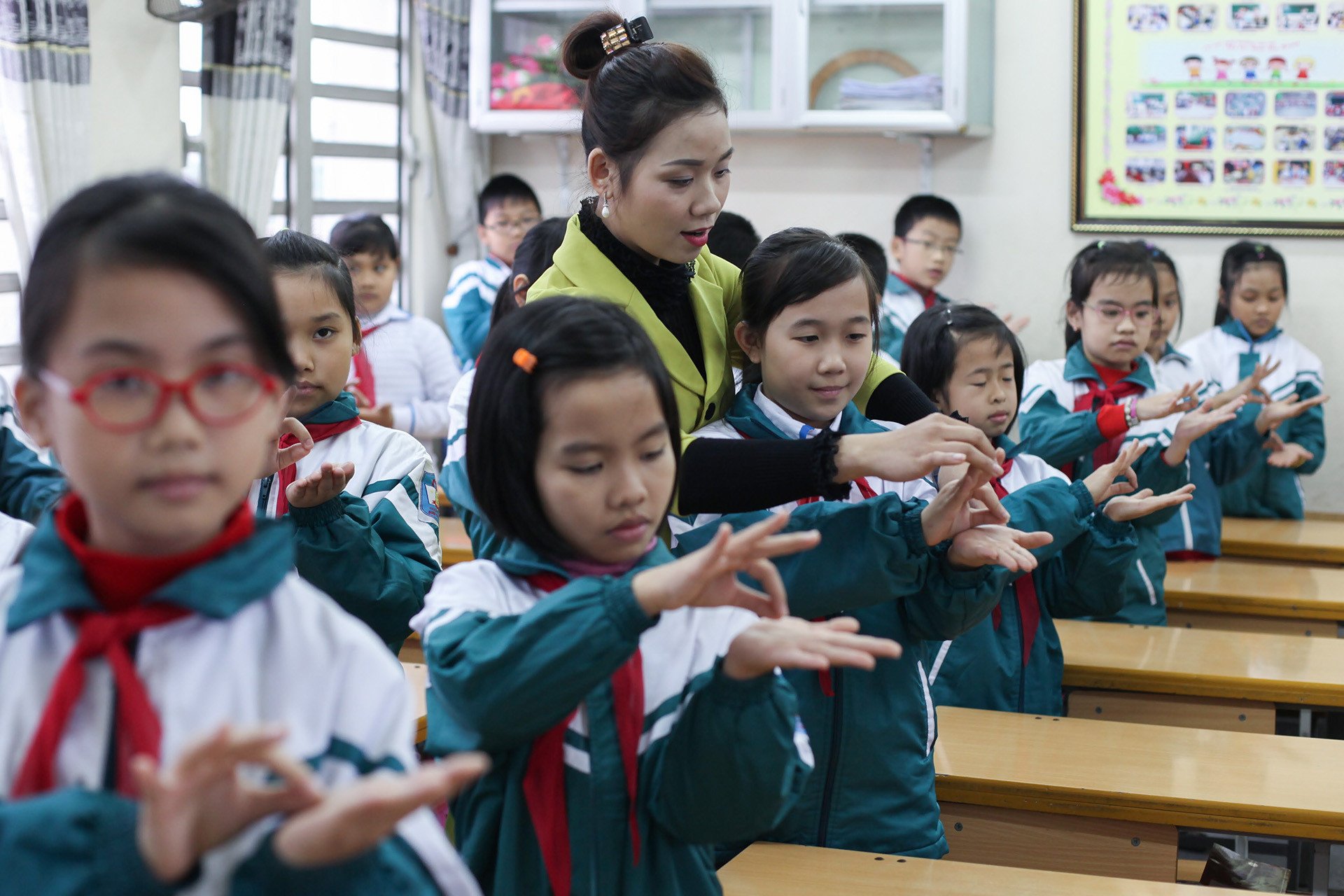
Many school leaders are concerned about inviting artists to teach in schools when the current payment regime is quite low, especially compared to the remuneration they receive for performing.
Ms. Ly believes that this can be solved by each locality proposing to create contract mechanisms, which can be professional contracts or specific contracts. “Of course, it is still mainly based on the State's policy, but we can completely attract socialization to support each specific locality. We also have to call on artists and artisans that this is a right and good thing to do and need to join hands, not to follow the standards of the outside society. Here we are creating the foundations of the future society, of future people. I believe that artists and artisans are always very willing to accept good policies like this and are willing to convey everything they have, have trained and experienced to students,” Ms. Ly said.
In the context of a lack of teachers to teach gifted and artistic subjects in schools, according to Ms. Ly, mobilizing artists to participate is a long-term strategic solution. “Because it is impossible to have enough teachers for all training facilities to teach art subjects. Meanwhile, there are many artist resources outside. Therefore, this is a long-term, sustainable solution, creating a coordination system between schools and artists and artisans,” Ms. Ly said.
Source: https://vietnamnet.vn/nghe-si-vao-truong-hoc-giang-day-giai-con-khat-thieu-giao-vien-nghe-thuat-2429680.html








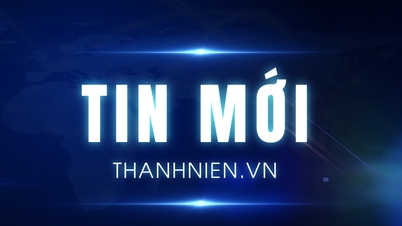



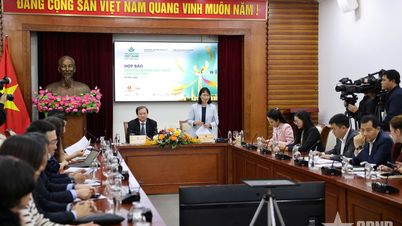








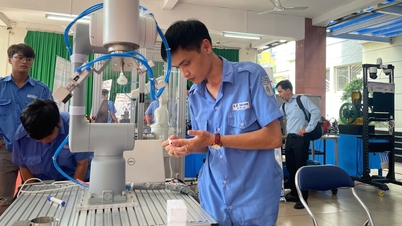


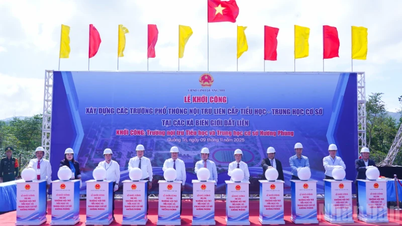

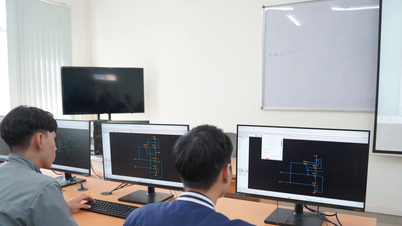







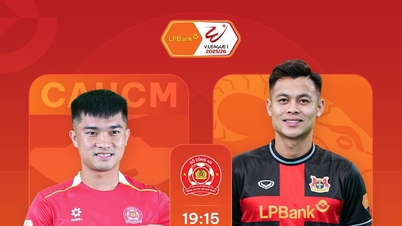

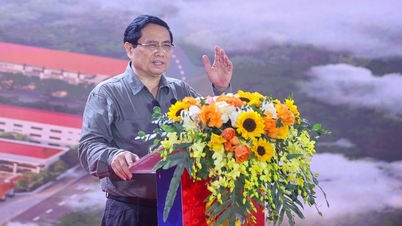






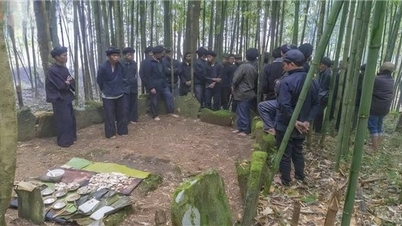






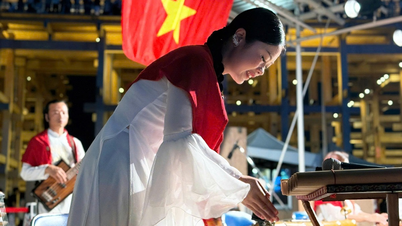
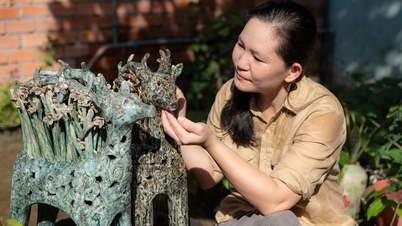
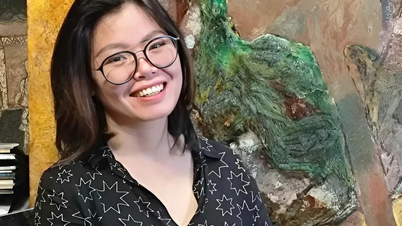


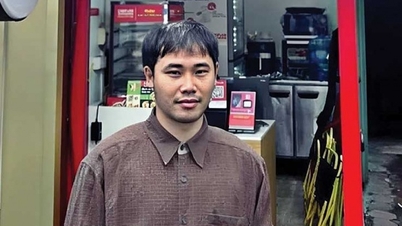



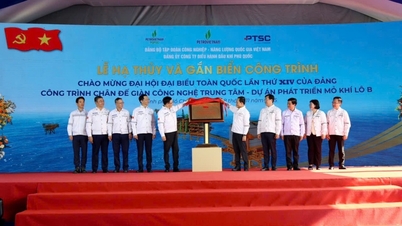











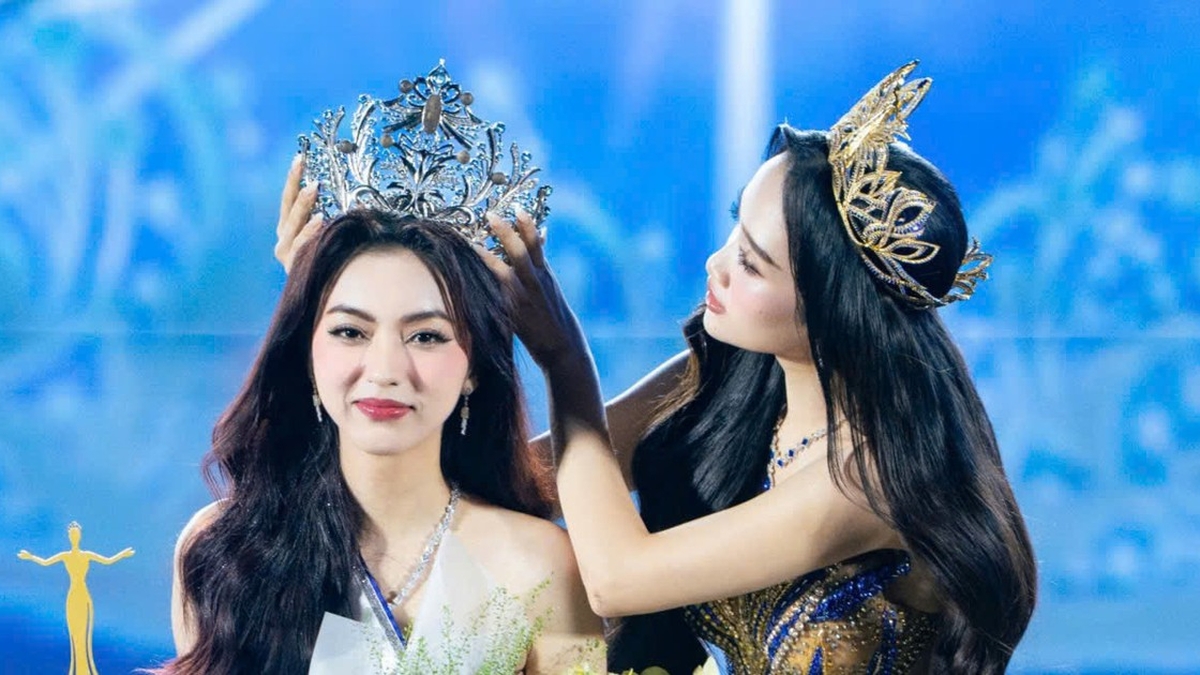
![[Infographic] Vietnam's stock market exceeds 11 million trading accounts](https://vphoto.vietnam.vn/thumb/402x226/vietnam/resource/IMAGE/2025/11/09/1762677474332_chungkhoanhomnay0-17599399693831269195438.jpeg)
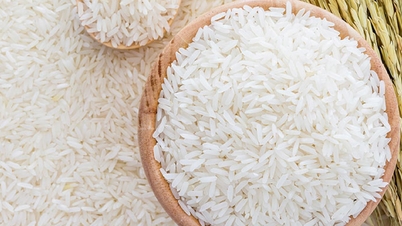




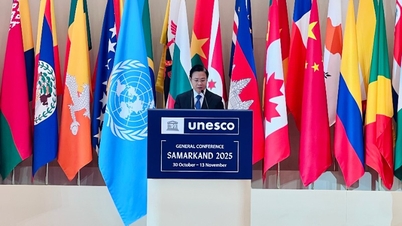


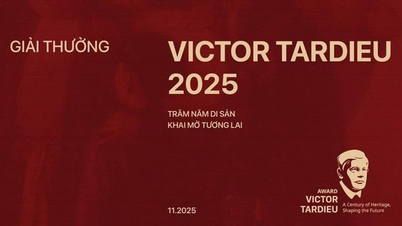



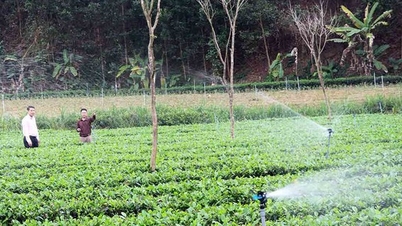


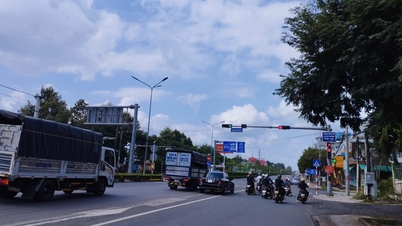






![Dong Nai OCOP transition: [Part 2] Opening new distribution channel](https://vphoto.vietnam.vn/thumb/402x226/vietnam/resource/IMAGE/2025/11/09/1762655780766_4613-anh-1_20240803100041-nongnghiep-154608.jpeg)













Comment (0)